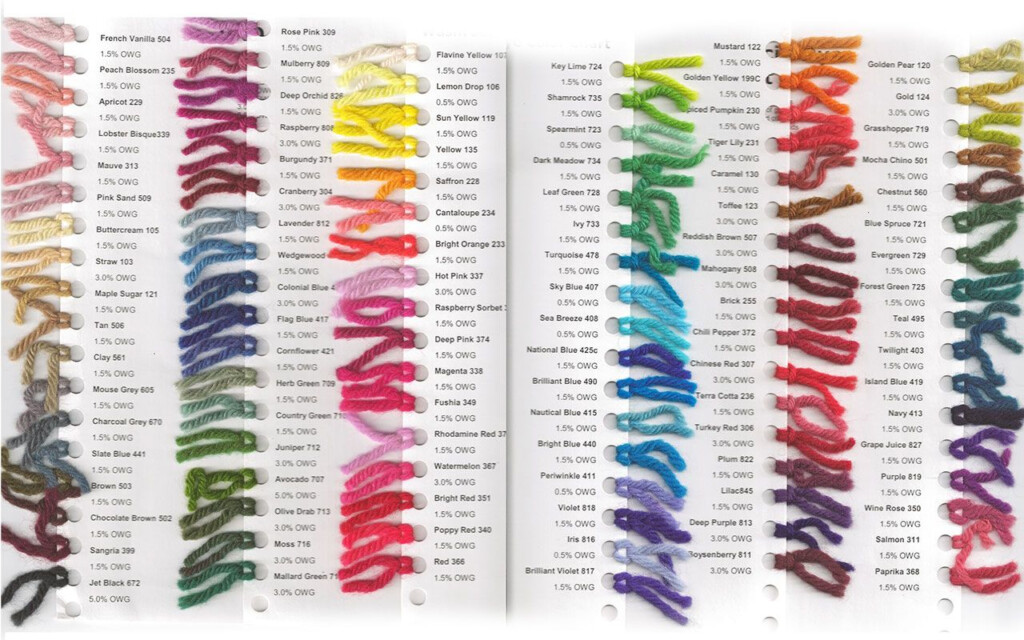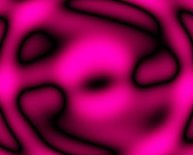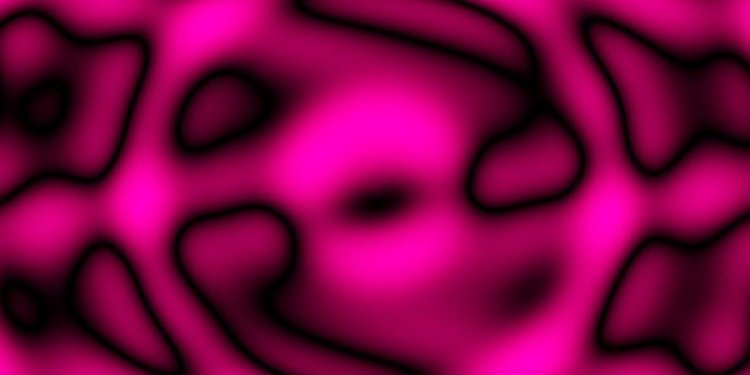Fabric dyeing is a creative and fun way to add a pop of color to your wardrobe or home decor. However, achieving the perfect shade can be a bit tricky, especially when you’re trying to mix different colors together. This is where a fabric dyeing color mixing chart comes in handy. This chart provides you with a visual guide on how to mix various dye colors to achieve your desired shade.
When it comes to fabric dyeing, there are two main types of dyes: direct dyes and fiber-reactive dyes. Direct dyes are best for dyeing natural fibers like cotton, linen, and silk, while fiber-reactive dyes are ideal for protein fibers such as wool and nylon. Before you start mixing colors, it’s important to know which type of dye you’re using and follow the manufacturer’s instructions carefully.
Fabric Dyeing Color Mixing Chart
How to Use a Fabric Dyeing Color Mixing Chart
Using a fabric dyeing color mixing chart is simple and straightforward. Start by selecting the base color you want to use as the foundation for your dye mixture. Then, refer to the chart to see which secondary colors you can mix with the base color to create new shades. For example, if you start with a primary color like red, you can mix it with yellow to create orange or blue to create purple.
It’s important to remember that color mixing is a science, and slight variations in the amount of each color you use can result in different shades. To achieve consistent results, it’s recommended to measure out the dye precisely using a scale or measuring spoon. Keep track of the ratios you use for each color combination so you can replicate the shade in the future if needed.
Tips for Successful Fabric Dyeing
When dyeing fabric, always start with clean, pre-washed fabric to ensure the dye adheres evenly. Use hot water to dissolve the dye powder or mix the liquid dye thoroughly before adding it to the fabric. Stir the fabric continuously in the dye bath to prevent uneven coloring and ensure all areas are covered.
After dyeing, rinse the fabric thoroughly with cold water to remove any excess dye. Follow the manufacturer’s instructions for setting the dye, which may involve using a fixative or heat setting the fabric. Once the fabric is dry, you’ll have a beautiful, custom-colored piece ready to use for your next project.
With a fabric dyeing color mixing chart and some practice, you can unleash your creativity and experiment with endless color combinations to create unique and vibrant fabrics for your projects. Happy dyeing!
Download Fabric Dyeing Color Mixing Chart
Fabric Dyeing Color Mixing Chart
Fabric Dyeing Color Mixing Chart Textiles Dyeing Process
Fabric Dyeing Color Mixing Chart Textiles Dyeing Process
Fabric Dyeing Color Mixing Chart Textiles Dyeing Process




